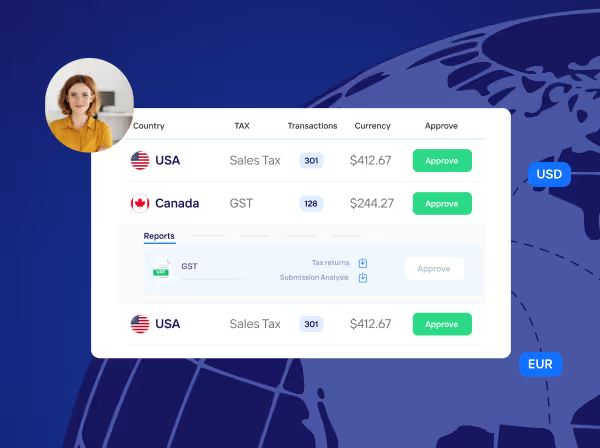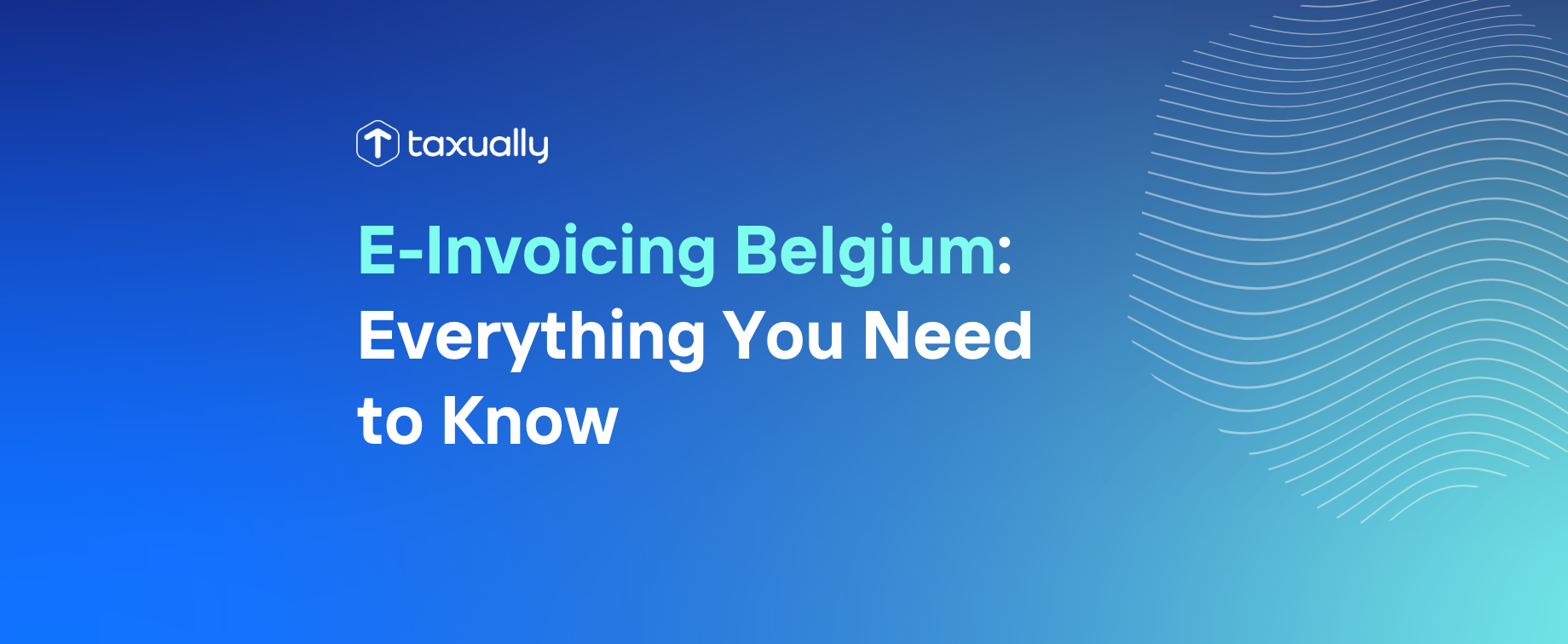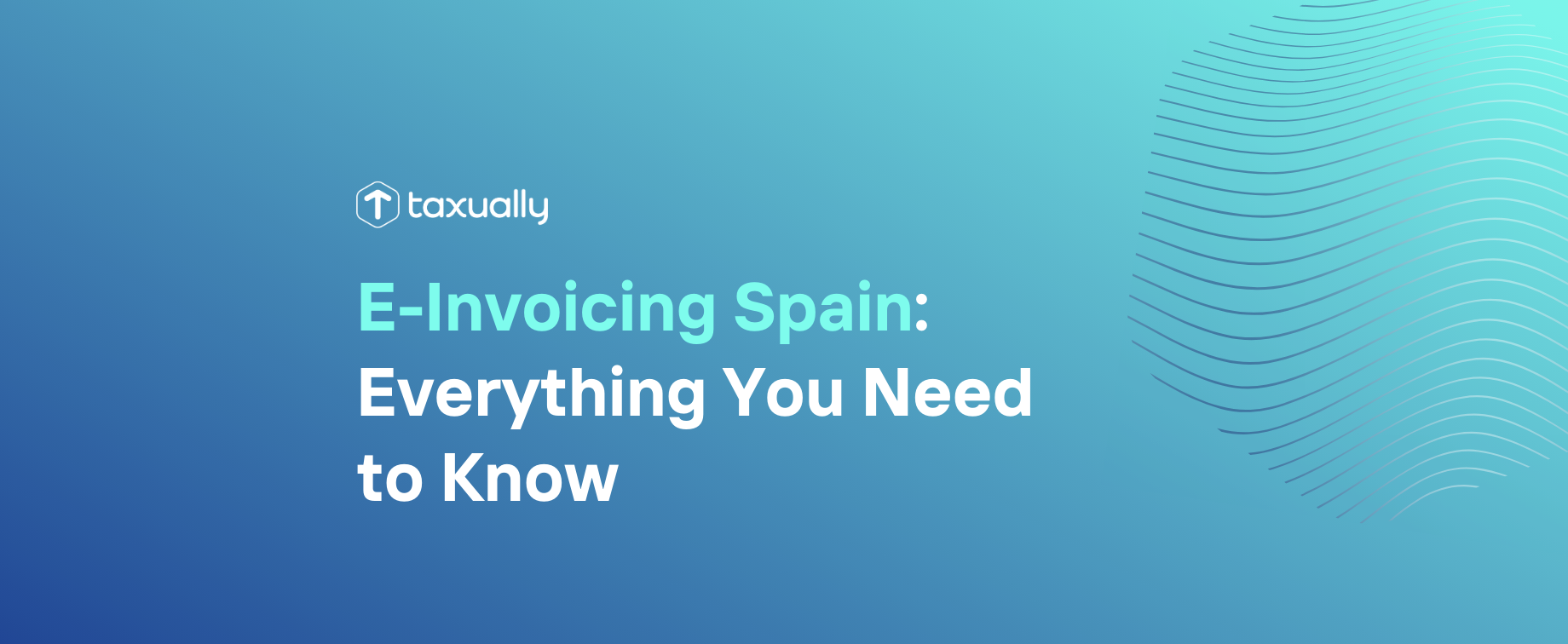Key takeaways
- VAT invoices are mandatory for most B2B transactions and some B2C sales within the EU, and must include specific details such as invoice date, supplier and customer information, VAT rates, and total amounts.
- Different invoice types exist depending on the nature and value of the transaction, including full, simplified, self-billing, reverse charge, and margin scheme invoices—each with its own set of requirements.
- Electronic invoicing will become mandatory across the EU from 2028, requiring businesses to use structured formats and comply with digital record-keeping obligations.
For businesses operating within the EU or engaging in cross-border trade, understanding VAT invoice requirements, as laid down in the EU VAT Directive, is crucial, not least because complying with these regulations ensures smooth financial transactions and avoids penalties. Only VAT-registered businesses can issue VAT invoices, underlining the specific conditions that apply to these entities. For those unsure about what information should be included in their EU VAT invoices, we’ve put together a simple guide to the key features that businesses need to be aware of.
What is a VAT invoice?
A VAT invoice is a crucial document that details the sale of goods or services, specifying the amount of Value-Added Tax (VAT) charged. This invoice serves multiple purposes: it provides a record of the transaction, ensures transparency in the amount of VAT charged, and allows businesses to reclaim the VAT they have paid on their purchases. By issuing a VAT invoice, businesses can accurately charge VAT to their customers, ensuring compliance with VAT regulations and facilitating smooth financial operations.
When do you have to issue a VAT invoice in the EU?
In the EU, businesses must issue VAT invoices when a taxable supply of goods or services takes place. An invoice should be issued in most cases of B2B transactions (both intra-EU and cross-border) and B2C transactions (sales to non-VAT registered individuals). There are certain circumstances where a VAT invoice is not required, some of which are country-specific.
Types of EU VAT invoice

In the EU there are several types of VAT invoices, each with specific requirements based on the transaction type, the parties involved, and the nature of the goods or services. Here’s a breakdown of the most common types of EU VAT invoices:
Full VAT invoice
- Purpose: This is the most comprehensive invoice, used for B2B transactions (business-to-business) and for higher-value B2C (business-to-consumer) transactions.
- Requirements:
- Date of issue
- Unique invoice number
- Supplier’s name, address, and VAT identification number
- Customer’s name, address, and (for B2B) VAT identification number
- Description of goods or services supplied
- Quantity or volume
- Date of supply of goods or services (if different from the invoice date)
- Price per unit excluding VAT, discounts, and rebates
- VAT rate(s) applied
- Total VAT amount payable
- Total amount payable, inclusive and exclusive of VAT
Simplified VAT invoice
- Purpose: This is used for lower-value transactions, typically less than €100, depending on local VAT rules, and for B2C transactions.
- Requirements:
- Date of issue
- Unique invoice number
- Supplier’s name, address, and VAT identification number
- Description of goods or services
- VAT amount payable or sufficient information to calculate it
- Total amount payable, including VAT
Self-billing invoice
- Purpose: In this case, the customer issues the invoice on behalf of the supplier. It's typically used in specific industries or contractual agreements where the supplier authorizes the buyer to issue invoices.
- Requirements: Same as a full VAT invoice, but it must clearly state "Self-billing."
Pro forma invoice
- Purpose: A pro forma invoice is a preliminary bill of sale sent to buyers in advance of a shipment or delivery. It’s not a true VAT invoice but is used to indicate what the final invoice will contain. VAT isn’t typically charged at this stage.
- Requirements: It should clearly state that it is a “Pro forma invoice” and is not to be considered an official VAT invoice.
Reverse charge invoice
- Purpose: This is used for intra-community (cross-border) transactions within the EU or for certain services where the VAT liability is shifted to the buyer, often for B2B transactions.
- Requirements:
- All details of a full VAT invoice
- A statement that reverse charge applies (e.g., "Reverse charge: VAT to be accounted for by the recipient")
Intra-community supply invoice
- Purpose: This is used for the sale of goods between EU countries where the VAT is not charged because the goods are being transported from one EU country to another.
- Requirements:
- All details of a full VAT invoice
- VAT exemption reference (e.g., "Intra-Community supply, VAT exempt under Article 138 of the VAT Directive")
Margin scheme invoice
- Purpose: This invoice is used for goods sold under special VAT schemes, such as second-hand goods, works of art, and collector's items, where VAT is charged only on the profit margin rather than the full sale value.
- Requirements:
- All details of a full VAT invoice
- A reference to the margin scheme being applied (e.g., "Margin Scheme – Second-Hand Goods")

Electronic invoicing
An electronic invoice (or e-invoice) is one that can be electronically delivered in a standardized electronic format, allowing for automatic or electronic processing. Under this definition, a PDF or a scanned document cannot be considered an electronic invoice.
Electronic invoices must ensure authenticity, integrity, and readability of the VAT invoice content. The format used should be agreed upon by both the supplier and the customer, and it must be capable of audit trail reconstruction.
It is crucial for VAT-registered businesses to adhere to digital record-keeping requirements to ensure compliance with legal obligations.
From 2028, electronic invoicing will be mandatory in the European Union for both B2C and B2B transactions. Only structured formats, such as XML; UBL; PDF/A3, etc, will be permitted.
Record-keeping obligations
Businesses are legally obliged to keep copies of VAT invoices and related records for a designated period, which may vary between EU member states but is typically between 6 to 10 years. These records must be readily available for tax authorities' inspection upon request.
Conclusion
Complying with the EU VAT invoice requirements is vital for businesses operating within the EU or involved in cross-border trade. By ensuring the correct information is included on VAT invoices and maintaining proper records, businesses can avoid penalties and navigate the complexities of VAT regulations. It's advisable for businesses to consult local tax authorities or seek professional advice to ensure compliance with specific VAT regulations in relevant EU member states.
Do you need help with your VAT compliance? Book a free call with one of our VAT experts to find bespoke solutions for your business, optimize your VAT costs, and reach millions of new potential customers.
Frequently asked questions
New Year's Day - 1/1/2024Memorial Day - 5/27/20244th of July - 7/4/2024Labor Day - 9/2/2024Thanksgiving Day - 11/28/2024Day after Thanksgiving - 11/29/2024Christmas Eve - 12/24/2024Christmas Day - 12/25/2024
What is a VAT invoice and why is it important?
A VAT invoice is an official document that records the sale of goods or services and specifies the amount of Value-Added Tax (VAT) charged. It ensures transparency, allows businesses to reclaim VAT, and helps maintain compliance with EU VAT regulations.
When must a business issue a VAT invoice in the EU?
EU businesses must issue VAT invoices when making taxable supplies of goods or services, especially for B2B and most cross-border transactions. In some cases, specific countries may have exemptions for small-value or B2C transactions.
What information must be included on a VAT invoice?
A valid EU VAT invoice must include details such as the supplier and customer’s VAT numbers, invoice date and number, goods or services description, VAT rate, total VAT amount, and total payable amount. Missing or incorrect information can lead to compliance issues or rejected VAT claims.
What is the difference between a full VAT invoice and a simplified VAT invoice?
A full VAT invoice is used for B2B or high-value transactions and includes detailed information about both parties and the sale. A simplified VAT invoice, used for smaller transactions, contains only essential information such as supplier details, VAT amount, and total payable.
What are the new EU e-invoicing rules?
From 2028, electronic invoicing will become mandatory across the EU for both B2B and B2C transactions. Businesses will be required to issue e-invoices in structured formats like XML or UBL to ensure data integrity, readability, and compliance with digital record-keeping standards.



















